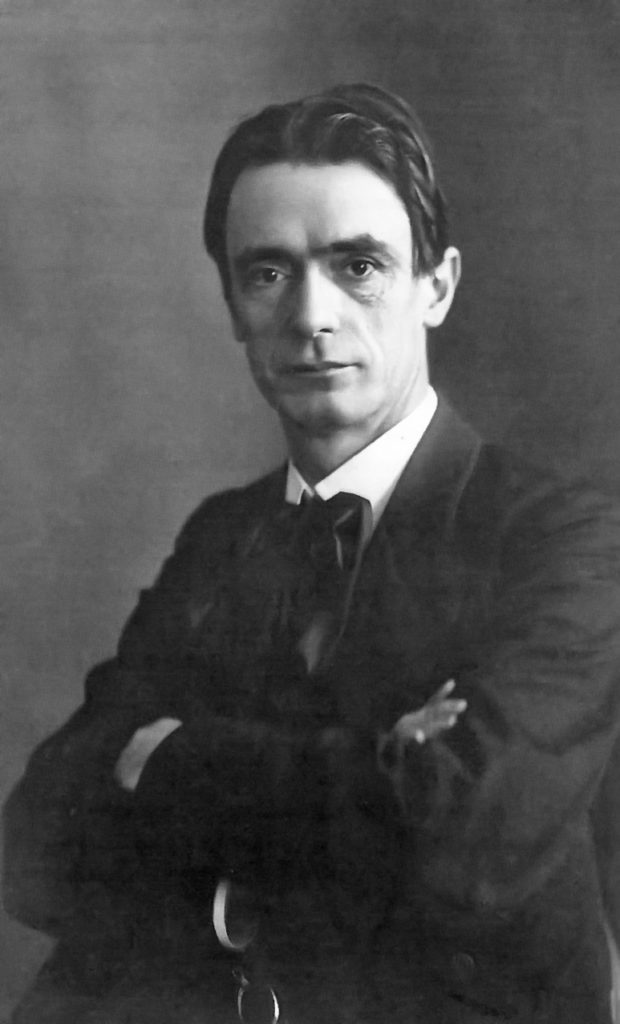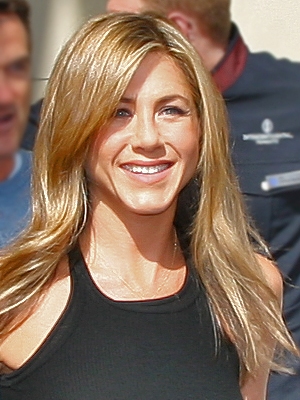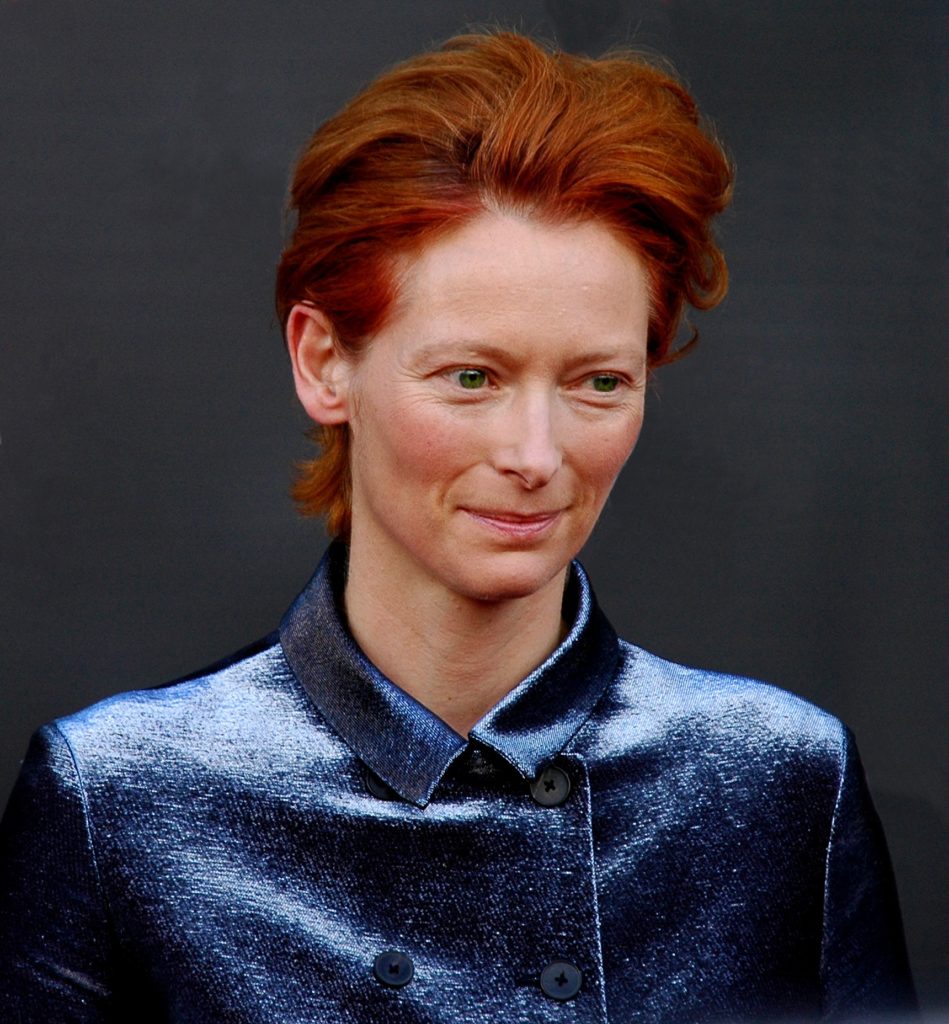Waldorf Steiner
The founding inspiration of the Waldorf Steiner movement was the innovative academic, Rudolf Steiner (1861-1925).

His ideas formed the basis of what he termed Anthroposophy, and he applied his ideas to education as well as agriculture, medicine, architecture and social reform.
He set up his first school in Germany in 1919 for the children of the workers at the Waldorf-Astoria cigarette factory, hence the name Waldorf Steiner.
There are now over 1000 Waldorf Steiner schools across the world and 35 in the UK.
The approach is defined by the following features:
- It takes into account academic, physical, emotional and spiritual needs of the child.
- Aims to develop a love of learning and school.
- Artistic activity and imagination are integral to learning.
- Develops a strong sense of self and diverse capacities that enable children to become socially and economically responsible citizens.
- Each day opens with a Main Lesson which lasts approximately two hours, and focuses for up to four weeks on one core subject drawn from a broad curriculum.
- A strong sense of routine enables the child to know what to expect and fosters a sense of security.
- Steiner schools celebrate their own spiritual festivals.
- Activity is important and the curriculum incorporates the teaching of Eurythmy. This is a form of movement that attempts to “make visible the tone and feeling of music and speech. It helps to develop concentration, self-discipline, spatial and aesthetic awareness and a sensitivity to others”.
Three Stages of Development
Waldorf Steiner schools view child development in three stages, and their approach to education is tailored differently for each one:
1. Early Years (Birth to 7 years)
Each kindergarten has about 16 children of mixed ages to rising seven.
Formal learning of reading, writing and maths does not feature in the Steiner Early Childhood Curriculum in the belief that a child will learn these skills more effectively if they have had plenty of time to develop socially, emotionally and physically before-hand, in a creative, secure environment.
The day alternates between child-led and teacher-led activities, and includes a period of free play along with an activity like baking, painting or handicraft. Storytelling and puppetry are also traditionally part of the day.
Many settings offer afternoon care, which includes lunch, rest time and a longer period of play, generally outside.
Consideration is also given to how the environment impacts on a young child’s senses, so there are no hard corners, no strong colours and all the furniture and toys are made of natural materials. An importance is also placed on spending time outdoors in nature.
2. Lower School (7-14 years)
Children begin formal learning in Class 1 of the lower school where their teacher will usually stay with them for eight years, until the end of Class 8.
The Steiner belief is that abstract and conceptual thinking come more naturally to older children and that children at this stage learn best when the teaching appeals to their feelings and artistic senses. Subject matter is therefore presented in a pictorial way and emphasises rhythm, routine and repetition.
The core subjects of English, Maths, History, Geography, Physics, Chemistry, are studied in block periods of 3-4 weeks in the Main Lesson, which forms the first lesson each day.
The rest of the day includes English and Maths practice, the Steiner movement class Eurythmy, as well as languages, games, painting, drawing, crafts and music.
Music and Drama play an important part in school life and classes regularly perform plays.
3. Upper School (Ages 14-19)
When students leave the Lower School, the focus shifts to ‘academic challenge’. The Steiner Curriculum strives to foster clear independent thinking and pupils are now taught by specialist teachers.
In some upper schools a range of GCSEs and A levels or other recognized equivalents are offered, alongside the Steiner curriculum.
The Steiner Waldorf Schools Fellowship (SWSF) says that Steiner pupils consistently produce examination results above the national average and pupils continue on to a wide range of universities. They state:
“Pupils leave school as well rounded and sociable individuals with a broad range of skills and qualities that are valued by employers.”
What is Anthroposophy?
The SWSF explains that the Waldorf Steiner approach was based on Rudolf’s educational insights, specifically those that related to child development.
These form one aspect of what Steiner called ‘anthroposophy’, which literally means ‘human wisdom’, or ‘knowledge of the human being’. These ideas are contained in Rudolf Steiner’s 4,000 lectures and some 50 written works. Many of these can be accessed at the Rudolf Steiner Archive. The SWSF says:
“Steiner schools do not teach anthroposophy, indeed some would argue that it cannot be taught in any conventional sense. Our schools endeavour to work ‘out of anthroposophy’.
The implications of this can best be understood by reading the Principles and Aspirations of the European Council for Steiner Waldorf Education, of which SWSF is a member.”
The Steiner Waldorf Schools Fellowship
Waldorf Steiner Schools Directory
You can search our directory for Waldorf Steiner schools near you.
Notable and Famous Faces from Waldorf Steiner Schools
Two former students have created the website www.thewaldorfs.waldorf.net which lists famous Waldorf Steiner alumni.

Waldorf Steiner alumni includes:
Actors Timothy Daly, Jennifer Aniston and Sandra Bullock; Rock singer, John McCrea; CEO of American Express, Kenneth Chenault; Architect, Charles Rose; Physicist, John Fitzallen Moore and TV/news reporter, Aram Roston.
This slide show also presents some famous Waldorf Steiner faces:

Notable/famous parents who have chosen to send their children to Waldorf Steiner schools include:
Astronaut, Russell Schweickart; Astronomer/Author, Clifford Stoll; Dancer/Actor, Mikhail Baryshnikov;

Actors, Tilda Swinton and Liv Ullman;
Musician, Greg Allman;
Singer/Songwriters, Tom Waits, Gary Numan, Art Garfunkel, Melissa Etheridge, James Taylor and Carly Simon;
UTNE Magazine founder/Editor, Eric Utne;
British TV presenter and model, Melinda Messenger.
Further Reading About Waldorf Steiner Education
A Guide to Rudolph Steiner’s work, produced to commemorate the 150th anniversary of his birth – an introduction to his life, times and activities: www.vernissage-online.eu/epaper/steiner_2011_E/index.html#/10.
Document entitled, ‘About Steiner Early Years’: file:///C:/Users/jo_e_/AppData/Local/Packages/Microsoft.MicrosoftEdge_8wekyb3d8bbwe/TempState/Downloads/1-SWSF-AboutSteinerEY-2014%20(3).pdf
Guide to Waldorf Steiner early learning goals, entitled, ‘EYFS Readover interpretation’:- 1.-EYFS-STEINER-INTERPRETATION-AND-READOVER-2013.pdf
Books About Waldorf Steiner Education
Understanding Waldorf Education: Teaching from the Inside Out by Jack Petrash
The Tasks and Content of the Steiner-Waldorf Curriculum by Kevin Avison, Martyn Rawson, et al.
An Introduction to Waldorf Education and Other Essays by Rudolf Steiner
Entry Points: A Guide to Rudolf Steiner’s “Study of Man” by Pedagogical Section Council and Elan Leibner
Creative Play the Steiner Waldorf Way: Expertise and toy projects for your 2-4-year-old by Christopher Clouder and Janni Nicol
Writing to Reading the Steiner Waldorf Way: Foundations of Creative Literacy in Classes 1 and 2 (Waldorf Education) by Abi Allanson and Nicky Teensma
Rudolf Steiner’s Curriculum for Steiner-Waldorf Schools: An Attempt to Summarise His Indications by E. A. Karl Stockmeyer and Roland Everett-Zade
A Handbook for Steiner-Waldorf Class Teachers by Kevin Avison
Bringing the Steiner Waldorf Approach to your Early Years Practice (Bringing … to your Early Years Practice) by Janni Nicol
The Child’s Metamorphosing Consciousness (Waldorf Education) by Rudolf Steiner, Frederick Amrine , et al.
The Education of the Child: And Early Lectures on Education (Foundations of Waldorf Education) by Rudolf Steiner and Christopher Bamford
Waldorf Steiner Facebook Groups
Progressive Education Group – Our supportive forum discussing progressive approaches to education (including Waldorf Steiner) and why they are so important for the 21st century.

